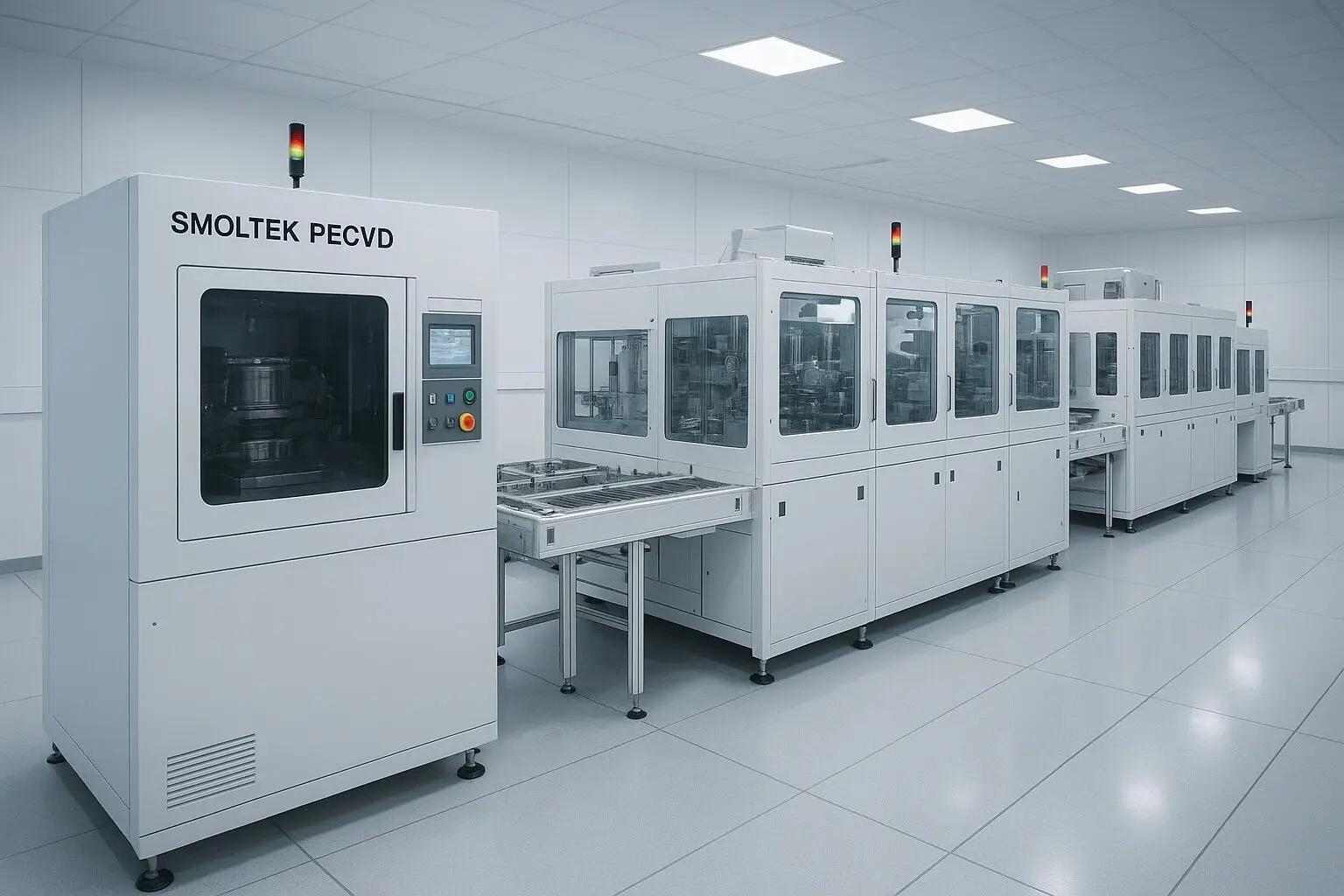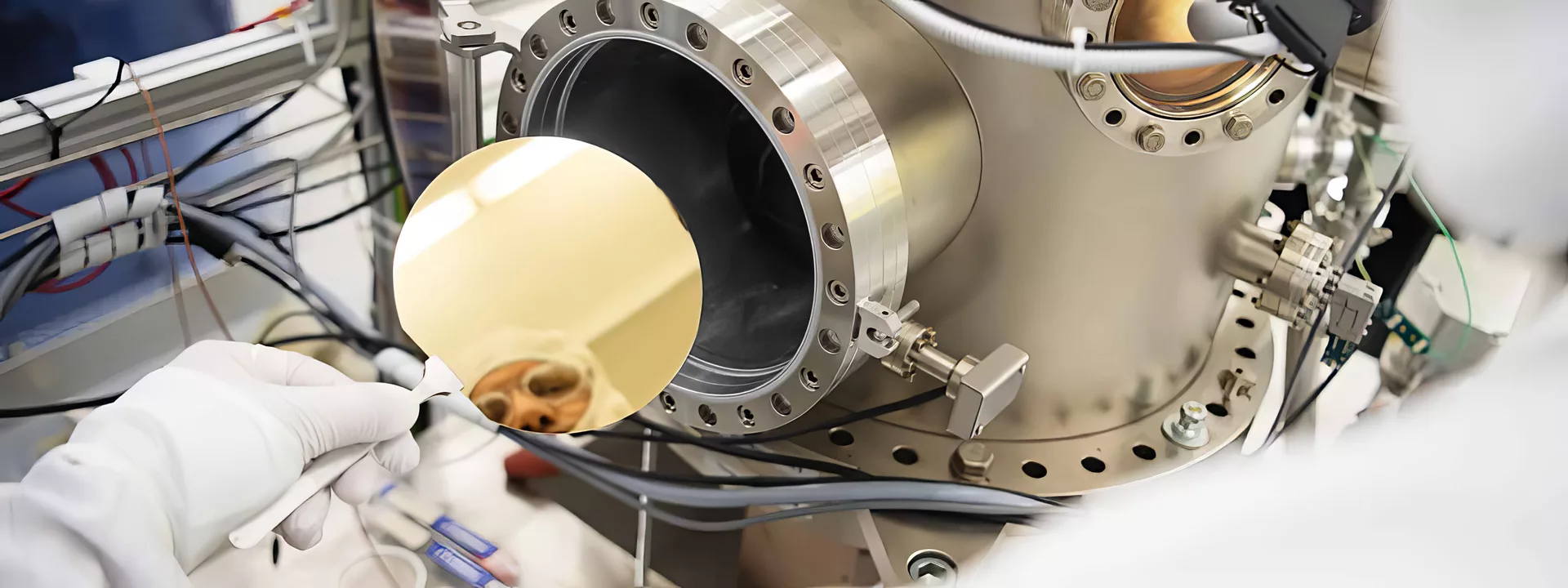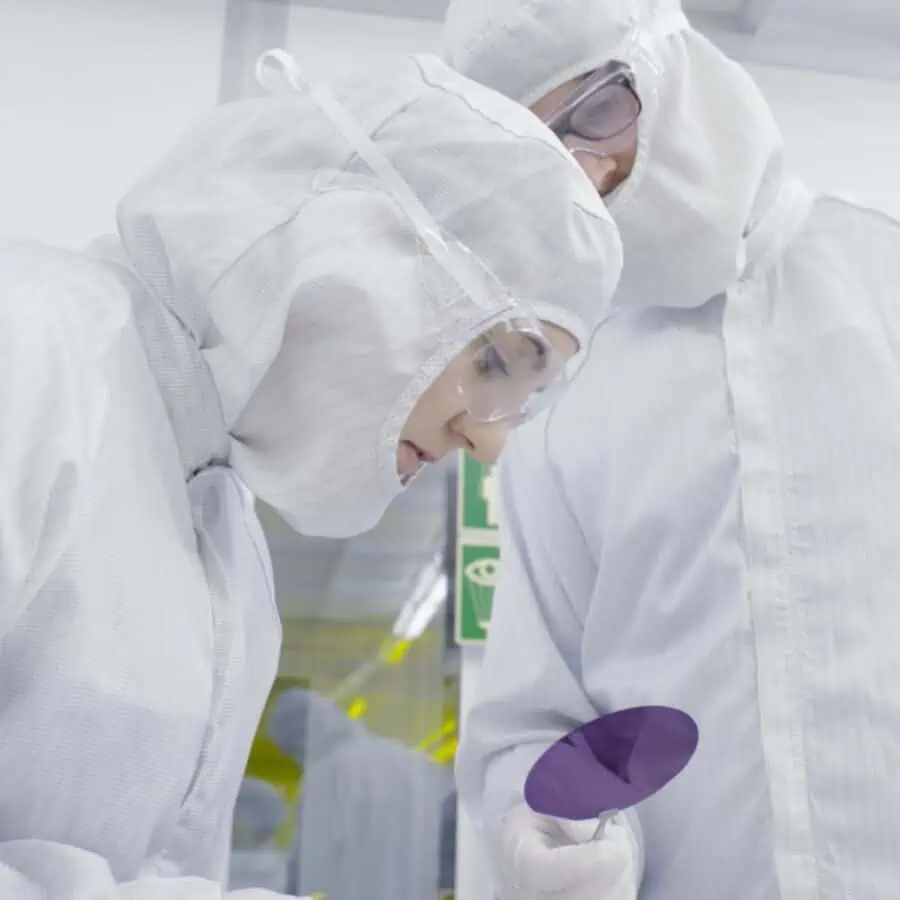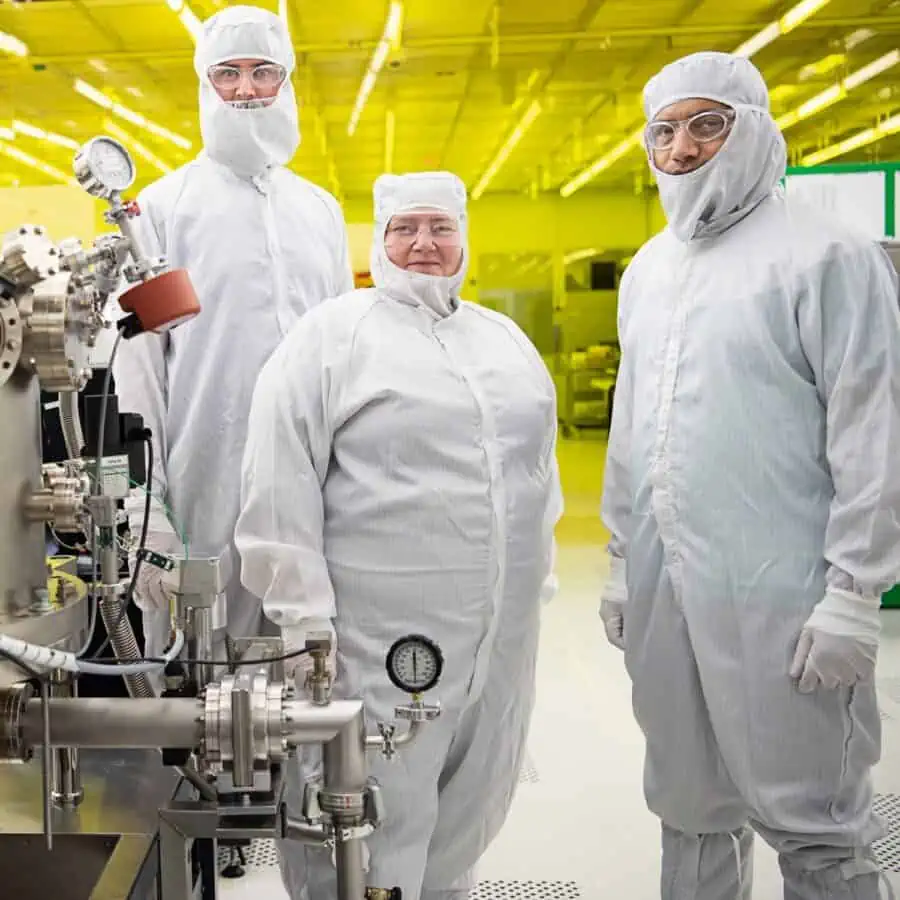Sign up for our newsletter!
Your data will be handled in compliance with our privacy policy.
Your data will be handled in compliance with our privacy policy.

Smoltek develops and commercializes deep tech solutions based on our patent protected technology platform through our portfolio companies – Smoltek Semi and Smoltek Hydrogen. We are powering the computing revolution and sustainable energy evolution with cost-effective solutions.
Smoltek is a public deep tech company in Gothenburg, Sweden. By pioneering carbon nanotechnology, we are pushing the limits of what is technological possible in several industry sectors.
Our patent-protected nanostructure technology radically increases the available surface area for chemical and electrical processes, enabling more compact, energy-efficient, powerful and cost-efficient products, starting with the semiconductor and hydrogen industries.
Smoltek Semi solves a key bottleneck in AI chip performance: power delivery. Our ultra-thin CNF-MIM capacitors integrate directly underneath processors, ensuring stable, energy-efficient power management. This breakthrough unlocks the full potential of next-generation AI computing, at competitive cost.
Visit Smoltek SemiSmoltek Hydrogen is advancing breakthrough solutions for green hydrogen. Our porous transport electrode (PTE) cuts iridium use in PEM electrolyzers by up to 95%, while boosting efficiency and performance. This innovation dramatically improves the cost-performance of hydrogen production, enabling scalable fossil-free energy.
Visit Smoltek HydrogenNews

November 20, 2025
We have launched a podcast about materials technology and investments in general and our disruptive carbon nanotechnology in particular.
News

November 17, 2025
Smoltek Semi is currently optimizing the company’s advanced PECVD system to ensure implementation of its most recent technological innovations in CNF synthesis, enabling compliance with stringent customer requirements, prior to installation at ITRI in Taiwan.
News
September 17, 2025
Smoltek Semi has successfully participated in Semicon Taiwan 2025, invited by their strategic partner ITRI.

Smoltek is developing process technology and concepts for applications in order to solve advanced materials engineering problems. By pioneering carbon nanotechnology we are literally pushing the limits of what is possible in the semiconductor and hydrogen industries.
Our patent protected technology platform is based on carbon nanofibers (CNFs), which have very exciting properties, that may disrupt technical solutions where today’s materials have reached their limit of performance.
As an example, we have developed a prototype of the world’s smallest capacitor and we are developing a new cell-material with the ambition to double (or even triple) the area-efficiency of PEM water-electrolyzers.
Learn about our technology
We are scientists and engineers with a passion for nanotechnology. We are in the never-ending search of how to enhance and fabricate carbon nanostructures, with unique properties, in pre-defined patterns to enable better solutions within several industries.
Read about SmoltekThe Smoltek share is listed on Spotlight Stock Market. We are now in an industrialization phase where we focus on two sectors with enormous potential: Semiconductors and Hydrogen. We plan to begin volume production in 2026–2027. Join our journey!
Discover our share

Smoltek is on a mission to deliver disruptive solutions for the semiconductor and hydrogen industries, based on our nanotechnology platform. Does this sound interesting? Join us, and become a superstar within groundbreaking technology!
Make your moveYour data will be handled in compliance with our privacy policy.